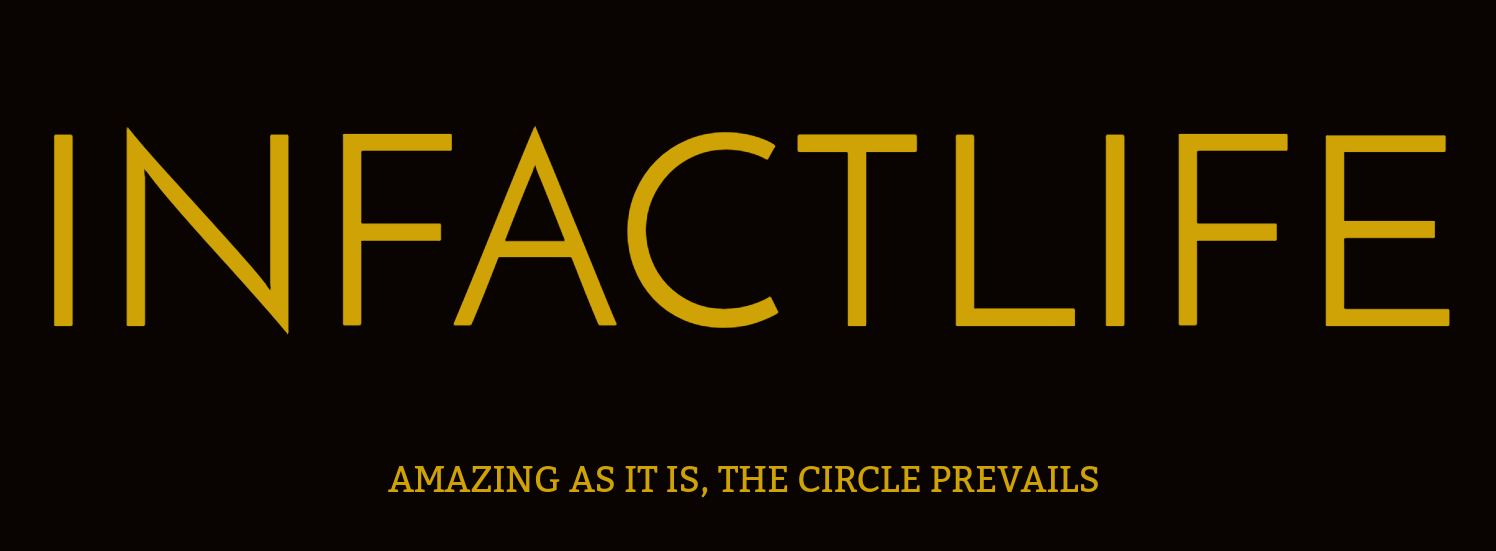
The Master:
Mumtaz Shah is a professional psychologist. He comes from Bannu, a remote small district at the north-western border of Pakistan. Bannu District is based in the valley of two rivers called Kurrum and Gambeela (Tochi). It is a beautiful ancient city with mountains in North-West and barren desert in South-East. The people of Bannu are very simple in habits. They speak Pashto with a dialect different from the classic Pashto.
Bannu has very interesting history regarding its name. It is said that the city got its name from Bano, the wife of Shah Farid, a tribal chief and ancestor of ‘Bannuzais’. Bano was the sister of Rustum, an Iranian ruler who gave his sister in dowry to Shah Farid. In archaeological records the ancient name of the town was Varena. The archaeological explorations at Akra, located 9 miles from the main city and Sheri Khan Tarakai, another small village, indicate that the place was inhabited by Hindus, Greeko-Bactrian and Buddhists in the 5th to 3rd millennium BC.
Shah completed his elementary and senior high school education from Pennell High School, Bannu. After graduating from Government College, Bannu, he studied at Punjab University to earn his master’s degree in Psychology. He completed his postdoctoral professional training in Biofeedback and Behavior Management at the research Institute of Clinical Psychology at Tokyo University of Education in Japan.
The theme of study of Shah was very interesting. It was research in the area of Biofeedback and behavior management. He studied prayer therapy and meditational practices of various faiths specifically the prayer techniques of Zen Buddhist monks. Buddhism and Shintoism have tremendous influence on the overall psychology of Japanese people. Different schools of Buddhism have different meditational practices which they diligently follow in order to attain Nirvana. A typical Zen meditation session lasts about an hour in which the practitioners or trainees sit cross-legged on a small cushion facing a blank wall. They are instructed to look very passively at the wall shunning all the thoughts away trying to keep their minds blank. A monk, holding “keisaku”, a long flat wooden stick walks around the room monitoring that nobody gets drowsy during the session. Anyone in a state of drowsiness gets a whack on his shoulder to wake him up. It is really very interesting to see that the person who gets the whack bows to the monitor in an expression of thanks. The monitor monk also bows down to him thanking him. The slap doesn’t hurt much. It’s just a signal to train mind and body to remain alert while in a passive relaxation state. This training technique is a perfect example of behavior management. The scientific methods of relaxation and meditation developed by mind scientists are derived from such very rich ancient spiritual philosophies.
Shah is an experienced academic psychologist. He has taught Psychology at Gordon College, Rawalpindi, a prestigious and historical educational institution of the country. He has also taught Arab students in the Sultanate of Oman for quite some time. He has worked as a technical supervisor for various special needs educational institutions in the State of Kuwait for twenty years. He practices prayer therapy and believes that through appropriate techniques of prayer and meditation we can resolve almost any problem we face in our day-to-day life. The nature of his prayer and meditation techniques is absolutely secular and scientific. His prayer techniques are very easy and flexible which can be applied very conveniently without going into rigorous activity. His articles on prayer therapy are brief and written in very simple layman’s language. He also writes about life in general covering almost any aspect.
Pages
-
Recent Posts
Recent Comments
Archives
- February 2023
- December 2022
- October 2021
- August 2020
- April 2020
- January 2020
- July 2019
- April 2019
- January 2019
- December 2018
- September 2018
- May 2018
- March 2018
- February 2018
- January 2018
- December 2017
- November 2017
- October 2017
- September 2017
- August 2017
- July 2017
- June 2017
- May 2017
- April 2017
- March 2017
- February 2017
Categories
-
June 2023 M T W T F S S 1 2 3 4 5 6 7 8 9 10 11 12 13 14 15 16 17 18 19 20 21 22 23 24 25 26 27 28 29 30 -
Recent Posts
Recent Comments
